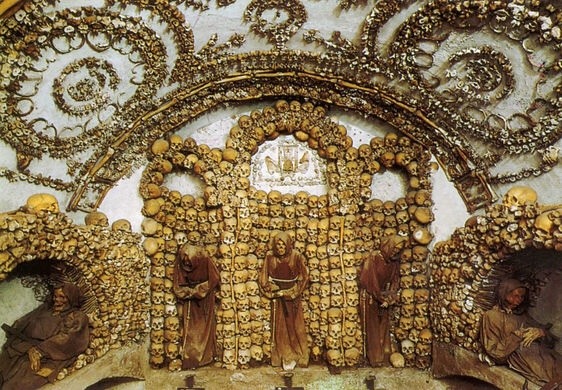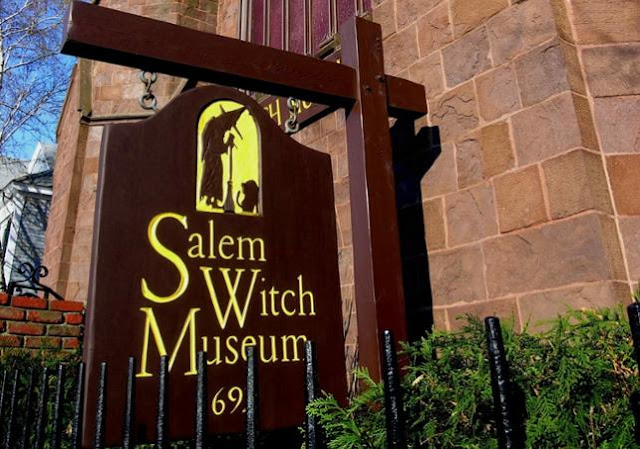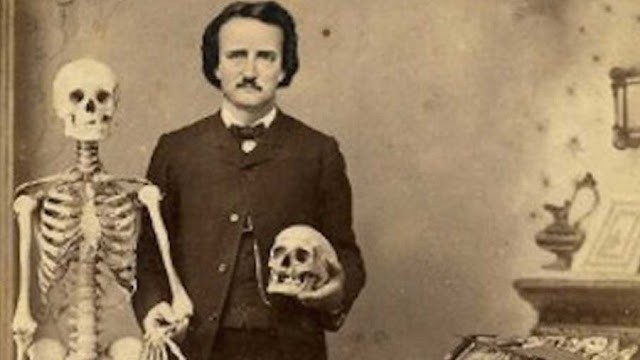the Voynich manuscript, the mysterious ancient book that nobody has yet managed to decipher
The code of Voynich, a mysterious manuscript dating back to the mid-15th century, written in a very ancient and extinct Romance language, has been "deciphered". The research shows that the manuscript is a compendium of herbal remedies, therapeutic baths and astrological readings concerning questions of heart, mind and reproduction, according to the beliefs of the period. Preserved in the American university of Yale, the manuscript is named after the Polish antiquarian Wilfrid Voynich, who bought it in 1912.
According to scholars, making the manuscript so fascinating is the use of an extinct language that preceded the modern Romance languages , of which Italian is part, and which was used in everyday language, but not in the written language: its alphabet combines familiar symbols with other unusual ones, uses letters as punctuation and is studded with abbreviations of Latin words.
The origins of the mystery The manuscript is a sort of illustrated encyclopedia made perhaps by Dominican nuns for Mary of Castile, queen of Aragon. Radiocarbon dating defines with a good safety margin that the volume can be dated between 1404 and 1438, even if the impossibility of analyzing the ink leaves room for further hypotheses about the moment in which it was written and drawn.
The document contains 250 thousand words, written with a number of characters ranging from 23 to 30, of European origin. There is no trace of corrections and some scholars agree that it may have been written by two different people, in two different languages. A crazy book, in short, that could also be the delirium of a madman. In addition to the charm of the language, the book has an admirable wealth of no less enigmatic illustrations. These are disturbing watercolor drawings, which represent curious symbols, animals and plants (unknown though plausible), celestial spheres and women. The drawings have been used over time to create a hypothetical subdivision of the Manuscript into sections: botanical, astrological, biological, pharmacological, plus the last one starting from sheet 103 in which only small stars appear to the left of the lines, perhaps a sort of index.






































